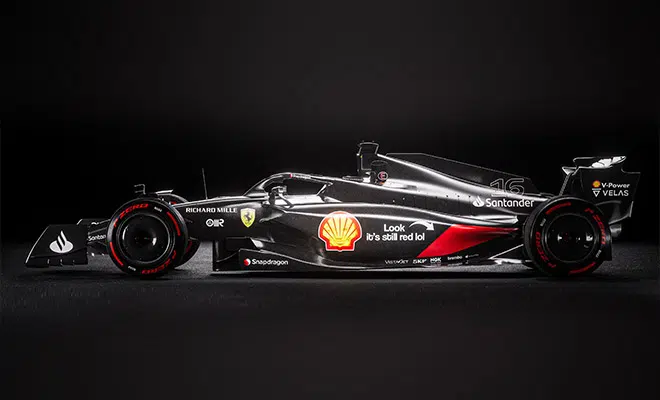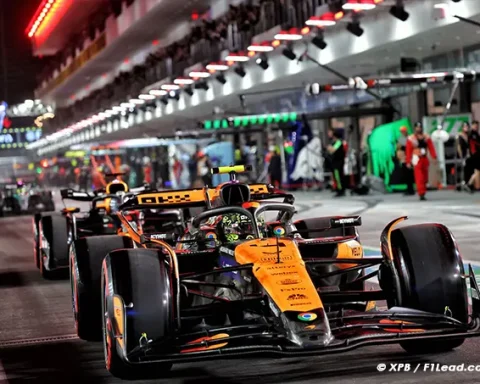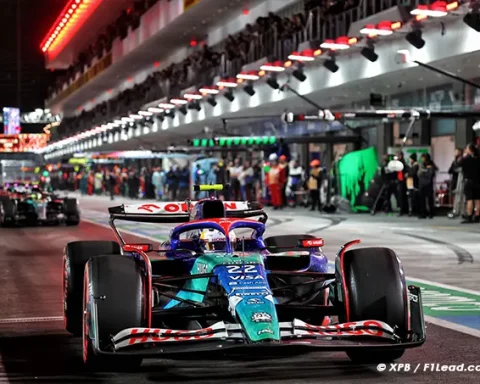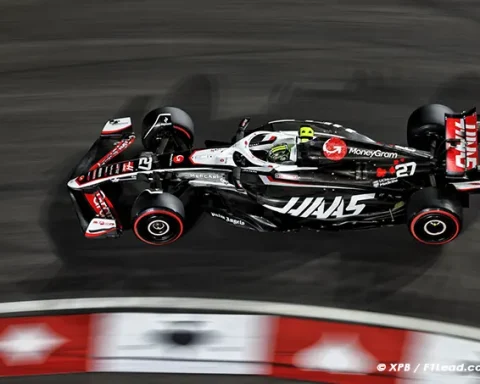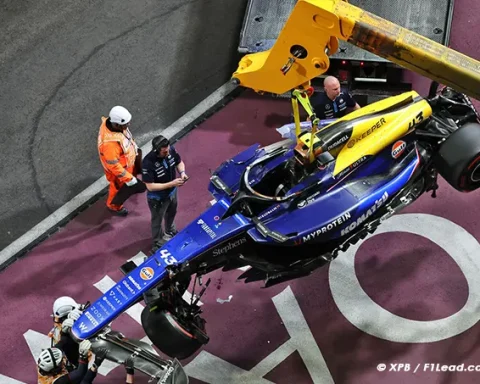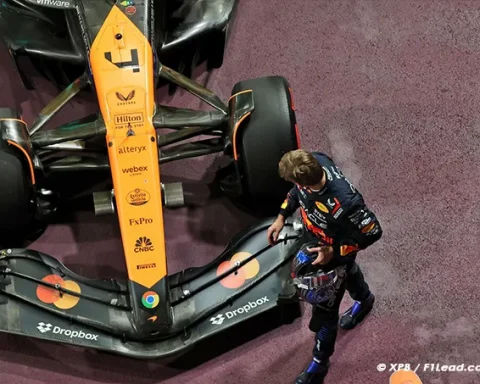The 2024 F1 season introduces bold liveries, sparking debates on tradition versus innovation in racing aesthetics.
In the world of Formula 1, liveries are not just about colors; they symbolize a team’s identity, heritage, and technological prowess. As the 2024 season approaches, the paddock is abuzz with changes that hint at a significant shift in how teams choose to present themselves on the global stage.
This year, the focus is on a vibrant divergence from tradition, sparking debates among fans and insiders alike about the evolving aesthetics of F1 cars.
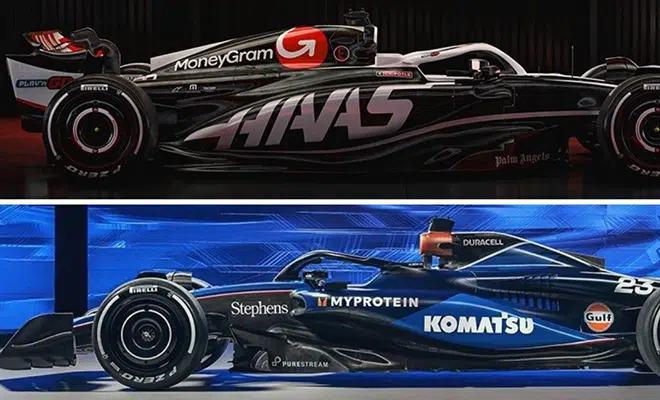
Ferrari, traditionally clad in its iconic red, is rumored to break away from its monochromatic scheme, introducing a livery that might leave fans questioning, “Which one is the Ferrari?” This speculated departure from its classic red has ignited conversations, echoing Enzo Ferrari’s philosophy that a car’s essence isn’t defined by its color.
Yet, this move has left the community pondering the balance between heritage and innovation in the sport’s visual culture.
Red Bull Racing, known for its deep navy blue adorned with charging bulls, continues to play with its color palette while maintaining its distinctive branding.
The subtle use of exposed carbon fiber, cleverly integrated into its design, showcases a technical elegance without sacrificing its recognizable identity.
This approach, while nuanced, has not escaped scrutiny, as some fans yearn for a bolder use of color, reminiscent of the more vivid liveries of the past.
The conversation extends beyond the leading teams, with many pointing out that the trend towards minimalism and efficiency, often resulting in cars adorned with large areas of exposed carbon or understated colors, might be diluting the spectacle’s visual appeal.
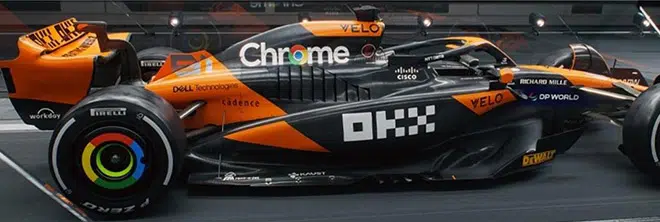
The nostalgic among us recall the days when the grid was a kaleidoscope of colors, each team’s car distinct and identifiable even from the furthest grandstand.
The debate isn’t just about aesthetics; it touches on the very ethos of Formula 1.
McLaren’s nod to technology and performance through their livery choices, juxtaposed against comments that “exposed carbon fiber is for those who can’t build engines,” highlights a broader discourse on the role of appearance in racing.
Is the quest for the lightest, fastest machine overshadowing the need for individuality and flair?
Ferrari’s flirtation with a non-red livery, whether it materializes or not, along with Red Bull’s strategic use of color and material, encapsulates a larger movement within Formula 1 towards innovation that respects tradition while boldly embracing the future.
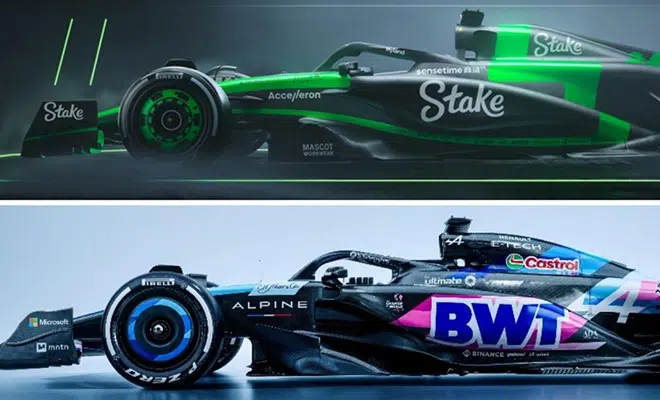
As teams navigate the fine line between performance and identity, the 2024 season promises to be not just a showcase of engineering excellence but also a canvas for expressing the evolving identity of one of the world’s most exhilarating sports.
As we stand on the precipice of this new era, one thing remains clear: the F1 grid is undergoing a transformation, perhaps reflective of the sport’s continuous evolution.
Whether this shift will enhance the spectacle or detract from the sport’s heritage is a question only time will answer. Yet, the fervor with which fans and teams alike debate these changes underscores the passion that makes Formula 1 much more than a mere racing series—it’s a vibrant, living tapestry of speed, color, and innovation.
F1 liveries evolution The 2024 F1 season. F1 liveries evolution The 2024 F1 season
- ReadMore>Mercedes’ Strategy: Verstappen, Norris, Piastri in Sight
- following us on Facebook and Twitter
